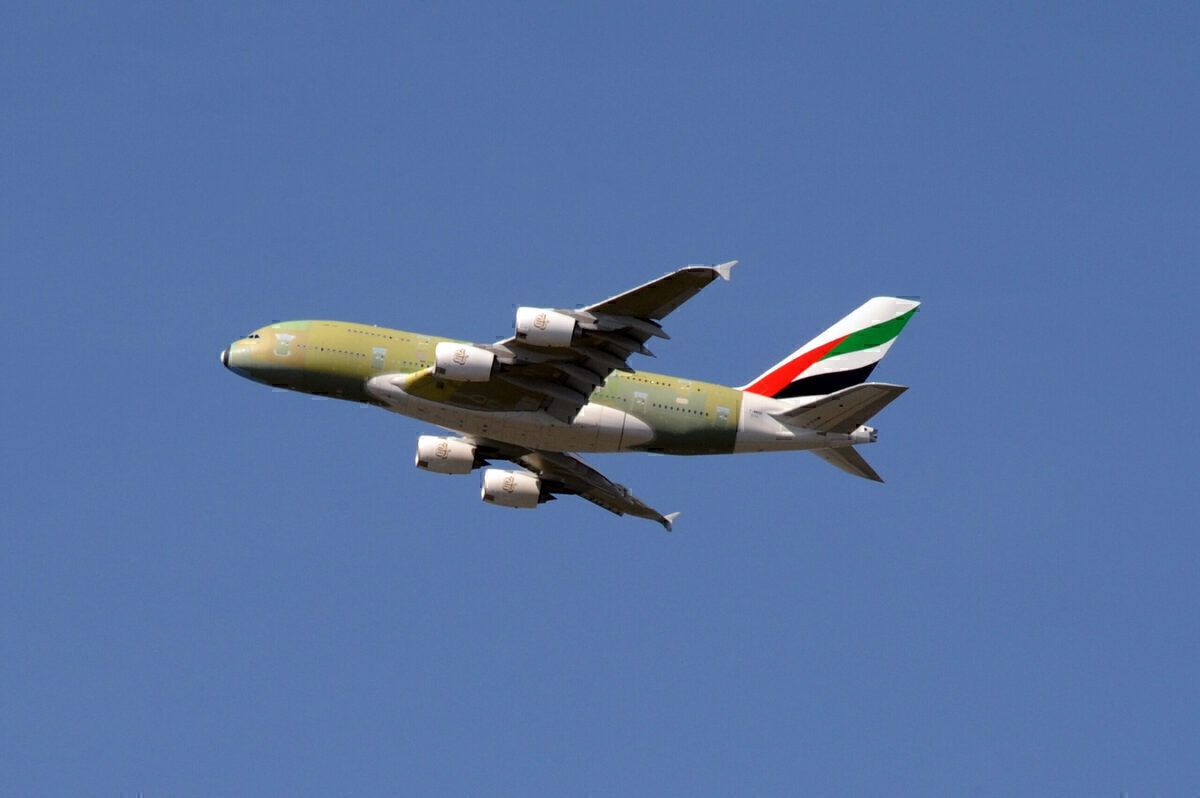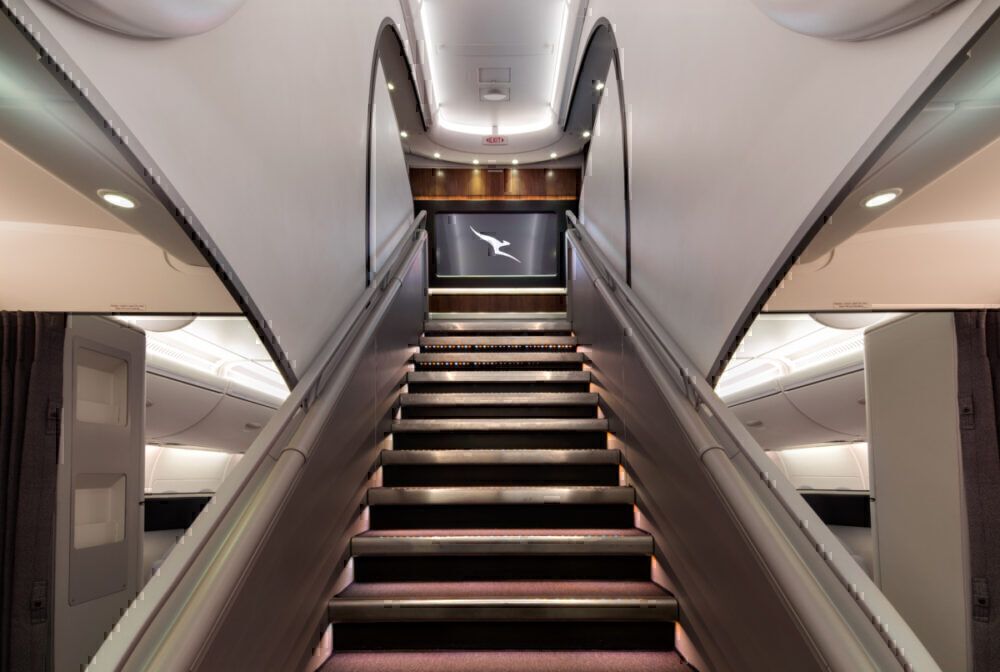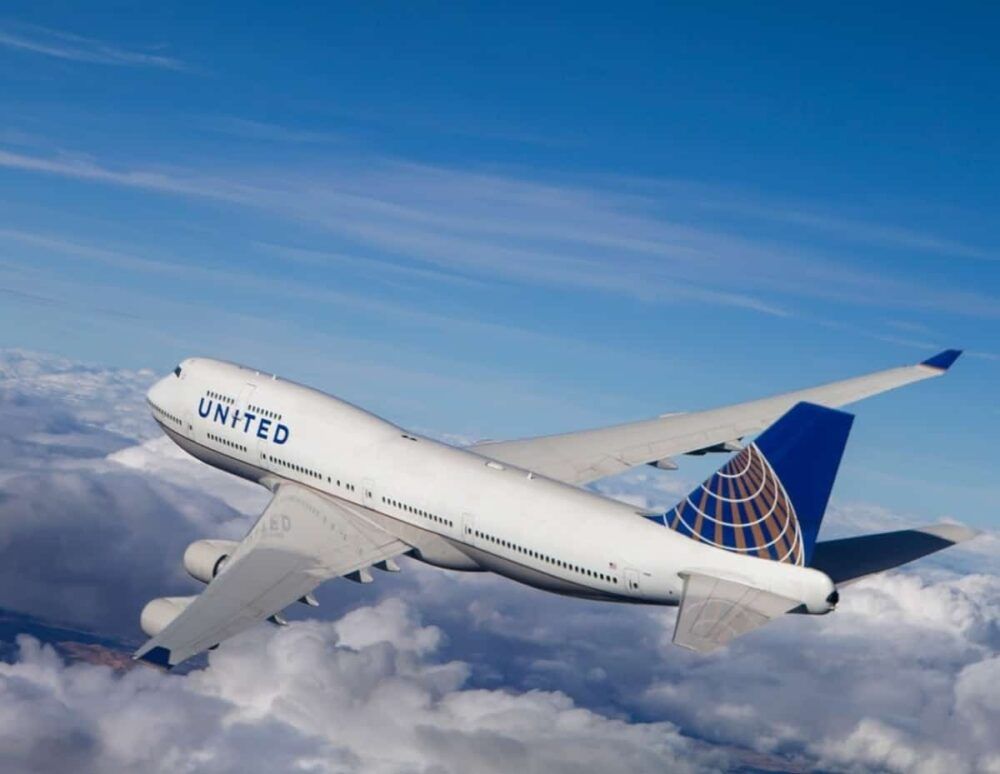Of the many technological feats that have been accomplished in modern aviation, elevators in the cabin haven't established themselves as a mainstay in modern plane design. Few passengers today will have spotted an elevator onboard their flight - even rarer are elevators intended for transporting people. But they aren't completely unheard of...
Service elevators in the cabin
As most aircraft in operation today have just a single passenger deck, cabin elevators usually aren't needed as they offer little utility. However, for double-deck aircraft, they can prove invaluable for the crew. The Airbus A380 has two elevators installed to transport galley containers between the upper and lower decks, as does the Boeing 747. They come in handy when transporting food trolleys and other bulky objects between floors.
Crucially, cabin elevators on modern commercial planes are not intended for human use. Not only are they potentially unsafe, but they are also unnecessary when a simple set of stairs will suffice. However, private planes have installed passenger elevators to add a touch of luxury and prestige. In one case, a Saudi prince planned to fit a passenger elevator onto a custom A380 during refurbishments exceeding $200m.
Lower deck galleys
Aircraft with two decks for passengers are comparatively rare - currently, the only modern aircraft offering such an arrangement is the Airbus A380 and the Boeing 747. However, many planes in service today house their galleys on the lower-deck as it is more economical space-wise. A study on lower-deck galleys found they can increase passenger capacity, with built-in elevators considered the most efficient method of moving trolleys up to the main cabin.
The McDonnell Douglas DC-10 was one of the first planes to incorporate cabin elevators, as seen in the demonstration video above (skip to 0:55). The elevators on the DC-10 were intended for use by the cabin crew, with one elevator for food trolleys and the other for the flight attendant. Some variants of the Lockheed L-1011 TriStar were also built with elevators to link the lower galley to the main cabin.
Safety of onboard elevators
Safety is clearly a major concern with onboard passenger elevators, especially in the middle of a flight when things can get bumpy. There have been a number of accidents onboard flights due to elevators. During an incident in 1999, the service elevator unexpectedly moved, causing a food trolley to pin a flight attendant against the wall. In another case, a flight attendant became trapped beneath the elevator after stepping into the lower elevator shaft.
There is still plenty of room for innovation when it comes to elevators and airplanes. A related contraption, dubbed the 'Aerolift' by manufacturer Greenpoint Technologies, is a ground-to-cabin elevator that can lift up to four passengers from the tarmac into the cabin. However, due to concerns over efficiency and safety, cabin elevators for passengers are unlikely to become popular in modern commercial aircraft.
Have you heard of any other planes with elevators in the cabin? Let us know in the comments.



